BOOK REVIEWS
‘At This Distance’ by Bette Lynch Husted reviewed by Erik Muller
June 19, 2013The Matter and Manner of At This Distance, a review by by Erik Muller
Bette Lynch Husted. At This Distance. Wordcraft of Oregon, 2010, $14.
Bette Lynch Husted is another strong voice among Eastern Oregon poets published by David Memmott. At This Distance is her first full collection and thus deserves attention to its matter and manner.
As the jacket comments observe, here is a book about the high, dry two-thirds of Oregon. Husted collects her observations of animals and plants and the shapes of landscape. She includes the people, as well, so that indeed this is a Northwest poetry that meets criteria set down by George Venn in “Continuity in Northwest Literature.”
Venn observes that with H.L. Davis, Theodore Roethke, and William Stafford our region’s literature began naming the details of our spaces: flora and fauna, weather—pinned down as exactly as language is able. These poets could also balance interior and exterior landscapes in an attempt to answer what Venn considers abiding Northwest concerns, “Where are we?” and “How shall we live here?” Before these poets, Venn says, writers labored under an imported tradition that did not focus on specific locales or place-specific investigations.
Husted writes with a firm sense of both natural and social geography. Her travel and place poems provide vivid calendar shots:
Our towns, shying apart, fold into timbered shadows,
high desert light, the camouflage of sage.
–“At This Distance”
Yet place is home to people and their predicaments, for here is a region with its Native American past and present, with wildfire and the Iraq War, poison gas and tumbleweeds, solitude and family, daughter and mother, blue collar and white. In “Living Here,” Husted’s sensibility is welcoming:
To live out here, we have to love it all.
. . .
Not ten miles distant, nerve gas bunkers.
. . .
But older stories live here, give
away their ancient secrets, medicines to sing
us whole again.
Husted works toward both comprehensiveness and comprehension. Her ideal is Thought Woman, a variation of Emerson’s American Scholar, who is mother and Earth figure, derived from Native American wisdom tradition:
Thought Woman
reaching out, reaching back
thinking her
ten thousand
stories
–“Teaching Creation”
We carry stories underneath the skin . . .
–“Heartwood”
Husted’s achievements are earned despite using a language that she finds elusive or intractable:
In what language can I, child of these invader
refugees, welcome you?
–“The Language of Home”
Older, I’ll be
old soon. (Language hesitates, glancing backward.)
Carried with this tide, I’m a child still learning
how to breathe . . .
–“The View From Here”
Husted’s manner of writing is apt for her concerns. She is forthright and competent. Perhaps too often description of places and narration of anecdotes carry the burden of her wisdom quest. There are perhaps more road poems than needed. Yet every poem succeeds. And some excel.
The most interesting poems depart from the fairly predictable entry points and development strategies and become imaginative re-shapings of Husted’s concerns. Along with the rich song of “Life Birds”’ and the fine use of refrain in “At Washington School,” the collection’s last poem, “Wingspan,” is remarkable for its weaving of three elements selected from Husted’s own land—an Indian tale, a Umatilla dance event, some cautions and riddles from various media, to create the rich fabric sampled here:
Dancers’ feather-fans lift high
carry prayer toward light
Spirit
Touching a weaver finch nest—
“Watch for litter-fall
of mites!”
So it came about that when the Spring migration of swans began the next year, E-tsa-wis-no went aloft to join the flight—without a word of farewell to his family!
At This Distance is a strong addition to Oregon poetry books that initially signal an allegiance to place, then reveal that answering the questions posed by Venn requires more than a roadmap or county history. See Thomas Madden’s Lessons for Custer, Venn’s West of Paradise, and Pamela Steele’s Paper Bird, three other titles from Wordcraft of Oregon.
Poets and their readers are called to live by imagination, whose task in taking up such questions is to balance attention to external landscape with attention to internal landscape. That balance, as if by magic, reshapes both person and place.
NOTE: George Venn. Marking the Magic Circle: An Intimate Geography. (Corvallis, Oregon State University Press, 1987).
